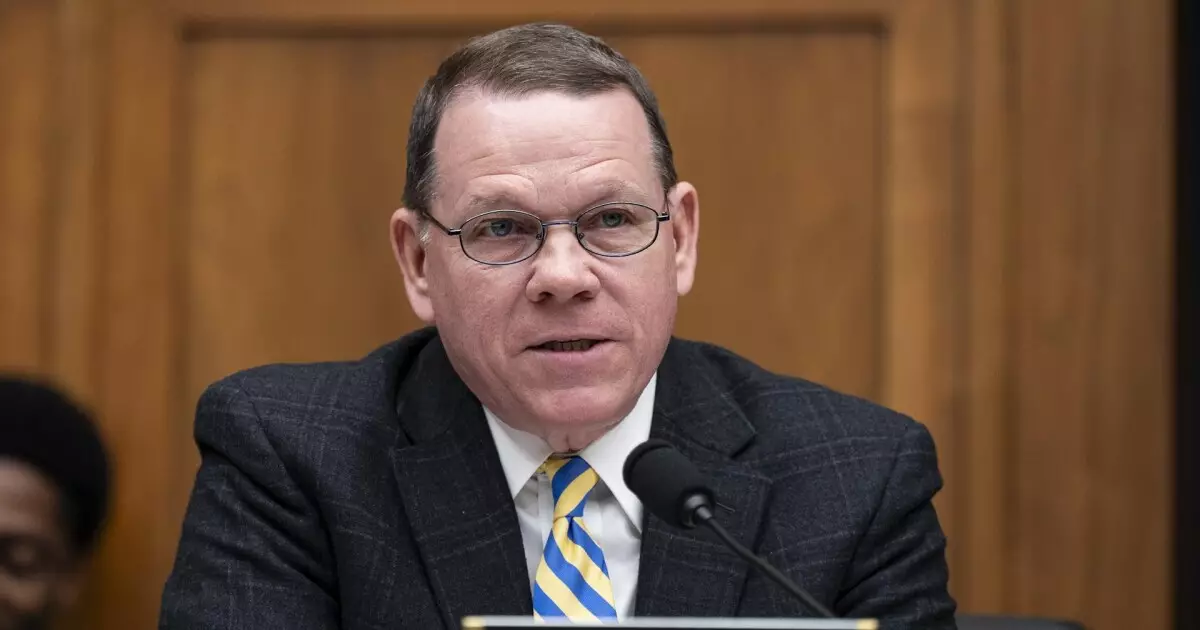The dynamics surrounding infrastructure spending in the United States are poised for a substantial transformation in 2025, propelled by the priorities of the House Transportation and Infrastructure Committee. Under the leadership of Sam Graves, this committee is expected to engage energetically with the new administration to advance a fresh infrastructure agenda—one that emphasizes not only the rebuilding of roads and rail lines but also addresses the underlying policies that define infrastructure as a key national commitment.
As discussions about infrastructure reauthorization begin, the recent leadership shift within the House sets the stage for a new approach. Graves survived challenges to his position, indicating a strong mandate to pursue his vision for U.S. infrastructure. His prior experience and established relationships may streamline upcoming negotiations, especially as he looks to collaborate with President Trump to achieve infrastructure goals rooted in the previous administration’s policies. This approach suggests a continuity of themes that have defined federal infrastructure discourse, including a focus on long-term durability and efficiency.
The retention of Jason Smith as chair of the House Ways and Means Committee strengthens this alignment of leadership priorities. Smith’s commitment to preserving the Tax Cuts and Jobs Act (TCJA) reflects a strategic choice that intertwines tax policy with infrastructure funding, though this might complicate future discussions about raising revenues for new projects. The TCJA, initially heralded for its economic benefits, is now under scrutiny for its long-term effects on municipal financing, with many analysts warning that these tax codes might lead to increased financial burdens on average citizens if not carefully managed.
The political rhetoric surrounding the TCJA serves as a pivotal backdrop to the current infrastructure narrative. Smith’s arguments suggesting a direct link between infrastructure investment and tax policy raise questions about the sustainability of funding projects without exploring alternative sources of revenue. A projected 22% hike in taxes should the TCJA expire could lead to significant pushback from taxpayers, particularly those who have benefited from the tax cuts. Critics argue that if the administration aims to invest in infrastructure, it cannot ignore the urgent need to balance fiscal responsibility with the ambition of broader infrastructural development.
Moreover, the complexities surrounding federal tax deductions and their impact on local governments cannot be understated. The capping of state and local tax deductions has inflicted financial strain on municipal budgets, making it challenging for states to secure funding for local infrastructure projects. As debates continue to unfold about extending tax cuts, lawmakers may need to consider innovative solutions that align with infrastructure enhancements while addressing the pressing concerns of local governance.
As the composition of the House Financial Services Committee evolves, the dialogue surrounding cryptocurrency and digital assets is about to heat up significantly. With French Hill taking over the chair after the departure of Patrick McHenry, there is potential for comprehensive regulatory frameworks to emerge within the realm of digital assets—an area where the previous administration had made some headway. This shift may bring clarity to regulations that have historically lagged behind technological advancements, offering both consumer protections and a more solid foundation for the burgeoning cryptocurrency market.
While Democrats have predominantly spearheaded discussions about the regulation of financial technologies, the anticipated Republican leadership under Hill could introduce a more pro-business approach to financial oversight. The consequences of these changes for the blockchain and financial technology sectors could reshape investment strategies and economic practices across multiple industries.
As we reflect on the recent transitions within Congress, it’s imperative to acknowledge the legacy of outgoing leaders, such as Senator Sherrod Brown. His tenure underscored the critical shift from a Wall Street-centric focus toward a more inclusive approach that considers the voices of common Americans. The new Republican-led Senate, represented by figures like Tim Scott, may have a contrasting viewpoint on banking and financial oversight, which could reshape foundational policies around consumer protection and economic growth.
The landscape of infrastructure spending and financing in the United States is at the cusp of pivotal change. The interplay between infrastructure priorities and fiscal policies will dictate the nation’s trajectory in the years to come. As committees gear up for a new session, the focus must not only rest on construction and repair but also on how these investments will be sustainably financed for future generations. With a complex interplay of competing interests at play, achieving consensus will be essential for meaningful progress.

